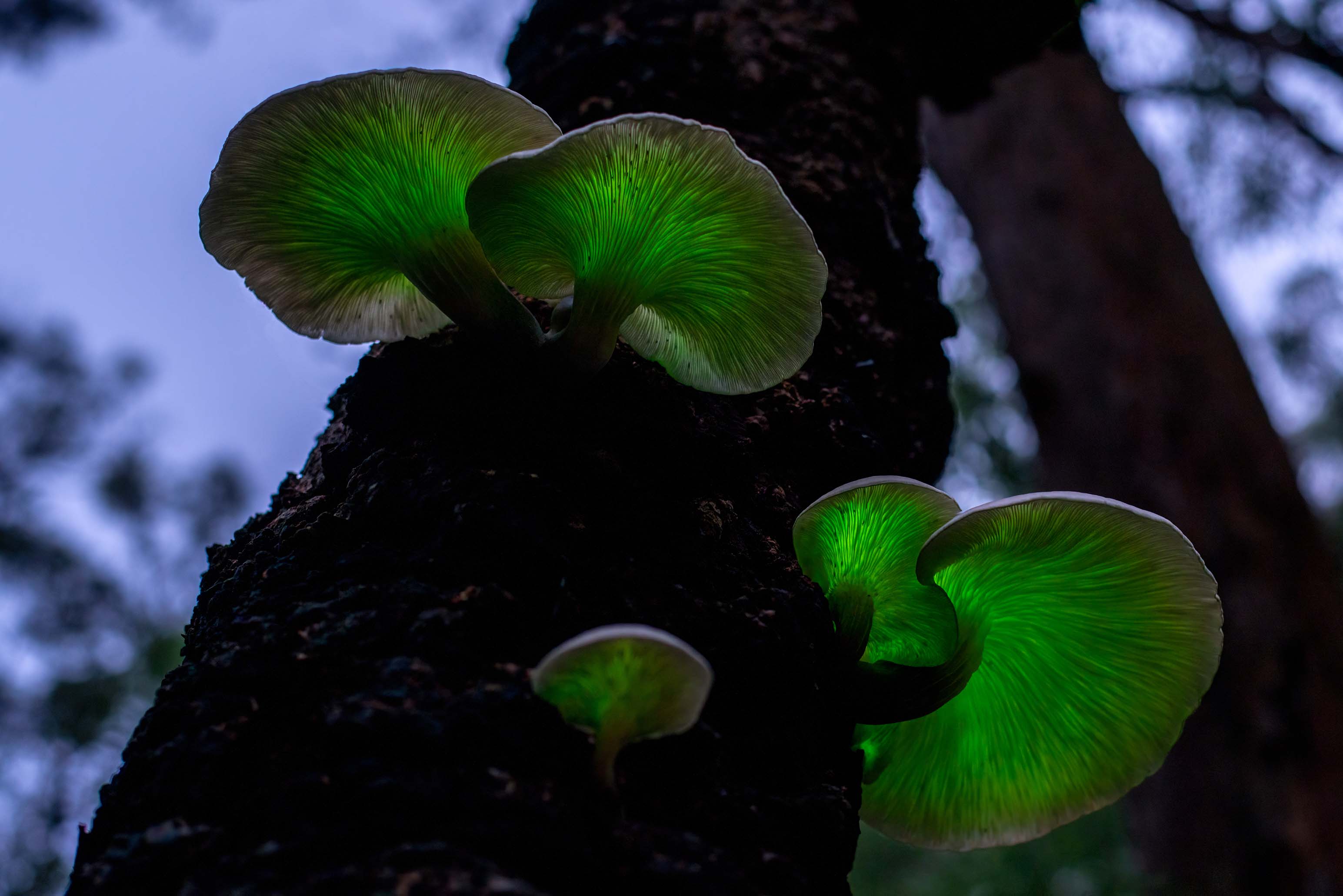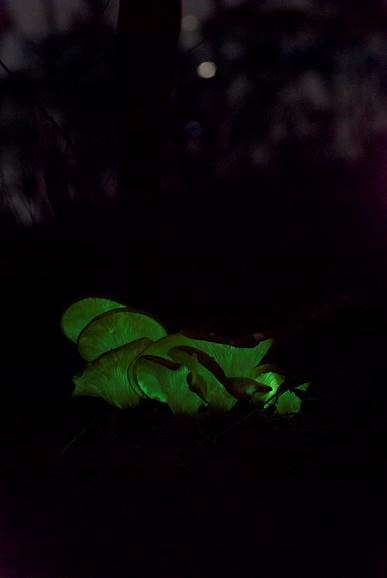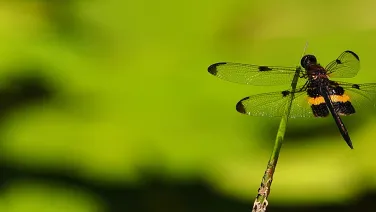
Nature’s nightlight: the glowing mushrooms found in Australian forests
It’s gob-smacking that bioluminescent fungi are real.
Glow in the dark mushrooms feel like a fairy house straight from Enid Blyton’s imagination, not something that genuinely exists in our forests. But they do.
Bioluminescent fungi are also known to many as ghost mushrooms, due to the soft ghostly glow they emit through the darkness. The light seeping through the cell walls of these mushrooms is usually a greeny colour, like the irridescent green seen in an aurora in the night’s sky.
Professor Celeste Linde from ANU Research School of Biology says there are about 110 known species of mushroom that are bioluminescent, and quite a few are found in Australia.

They create their own light through a chemical reaction, in a similar way to fireflies.
“It's a compound that the organism has, called luciferin, and that interacts with an enzyme called luciferase,” Professor Linde explains.
“If you give it a bit of energy and oxygen, there's a chemical process that then emits light. The luciferin gets ‘excited’ and emits light to get less excited.”
The energy part of this reaction is usually gathered from decomposing organic matter like logs and stumps. Thus these fungi are mostly what scientists call saprotrophs and you can often find them on newly dead tree stumps.

While ghost mushrooms usually luminesce for around 22 hours a day, the peak of the light emission happens at night.
“You just don’t see it in the day because there is too much other light drowning it out,” Professor Linde says.
Even with a torchlight, it’s easy to miss a ghost mushroom. That’s one of the cool things about them – there are probably many more out there than we know about, because it’s rare for people to go stumbling through the forest without some form of light to guide them.
But the animals living in their forest ecosystem, such as insects and small mammals, most likely see the glowing mushrooms.
That’s one of the potential evolutionary reasons why they’ve stuck around, Professor Linde says.
A study in the Amazon rainforest showed that the light emitted by some fungi may attract insects that help with spore dispersal.
But Professor Linde is not quite convinced by that reasoning, as a similar experiment in Australia didn’t show any insect attraction to bioluminescent fungi.
“We still really don't know what this does,” she says. “It is a function or a characteristic that seems to have been present in old evolutionary times, and has been retained in some lineages, but lost in most.”
Even if we can’t be sure on the reason why, we can be sure that ghost mushrooms are amazing.
“They are just really cool,” says Professor Linde.
“The amazing thing about bioluminescence in fungi is that it keeps glowing even after it is picked. One we picked kept on glowing for a day or two until it dried up,” she says.
Imagine that: a ghost mushroom nightlight shimmering in the corner of the room.
Are you constantly gawking over weird and wonderful natural phenomena? A Bachelor of Science may give you the glow-up you need.



